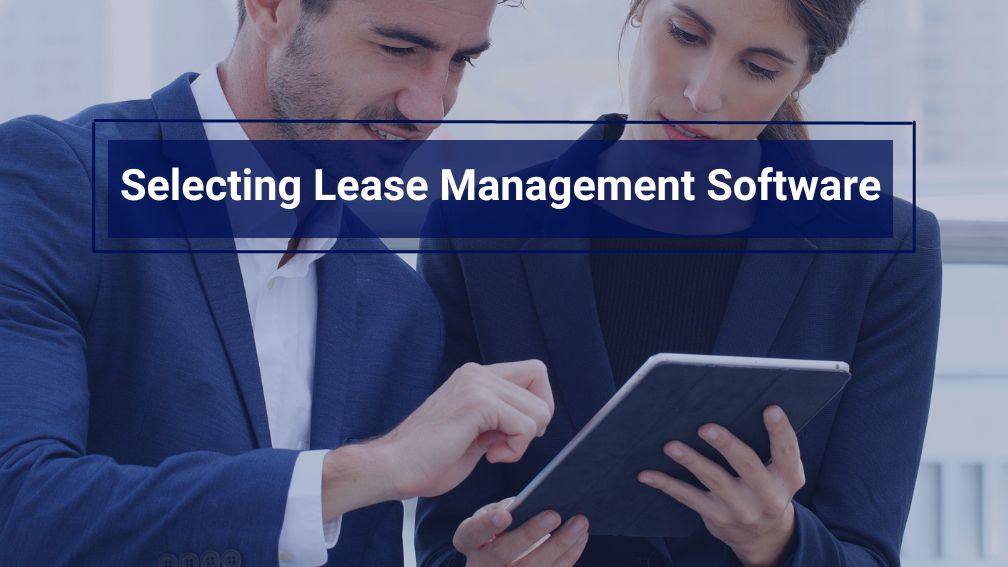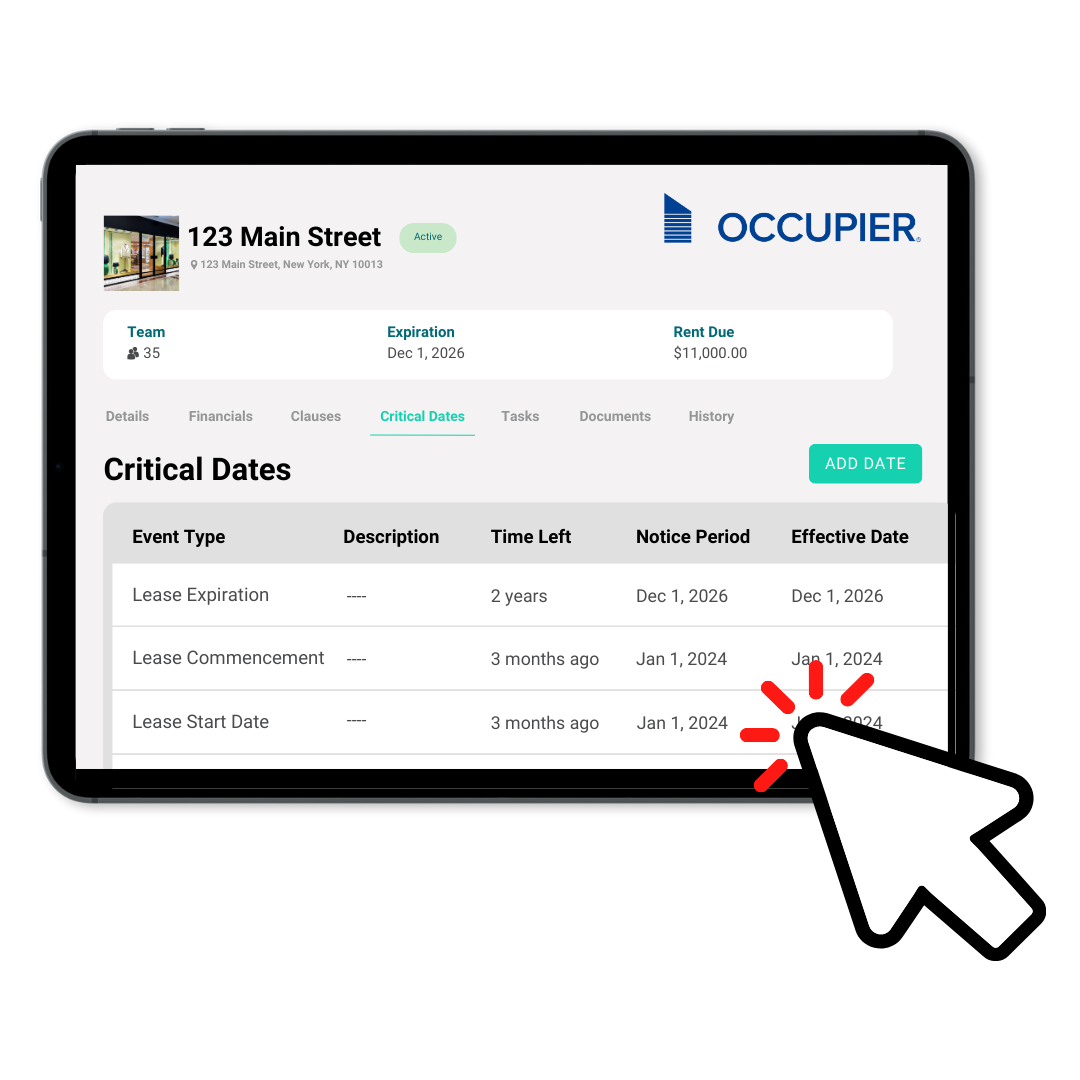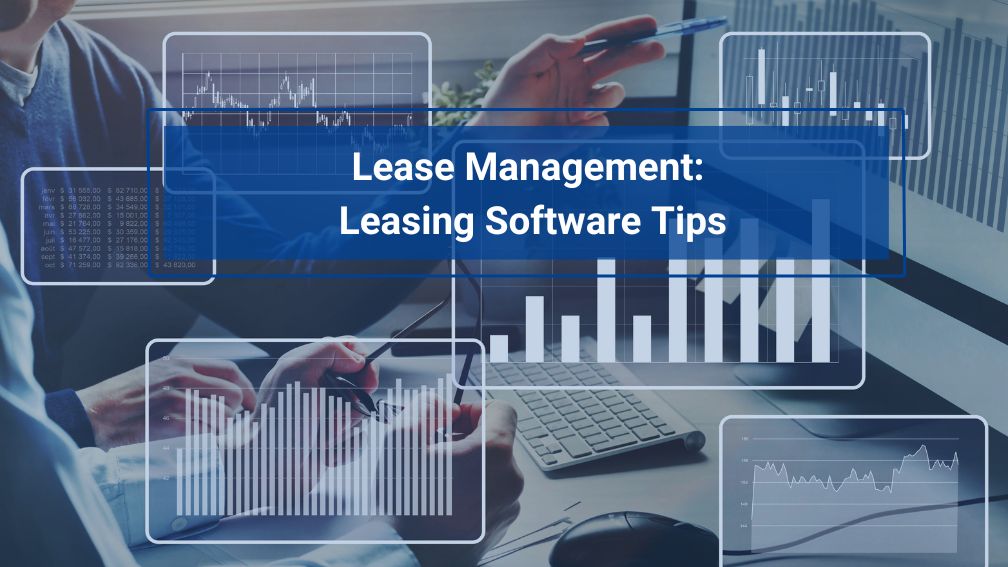Leasing Software Tips: Unlock Tenant Efficiency
Last Updated on August 4, 2024 by Morgan Beard
Leveraging the right leasing software can be a game-changer for your organization. This post explores how modern leasing software solutions can revolutionize your lease administration processes, provide real-time insights, integrate seamlessly with your existing systems, and prepare you for the future of commercial real estate management.
Automating Lease Administration for Efficiency
One of the most significant advantages of adopting modern leasing software is the ability to automate many aspects of lease administration. Gone are the days of manually tracking lease expiration dates, rent escalations, and other critical lease terms in spreadsheets. Modern leasing software platforms offer robust automation features that can transform your entire lease lifecycle processes.
By implementing a comprehensive leasing software solution, you can upload digital lease agreements and set up automated alerts for key dates and milestones. These automated reminders ensure that you never miss a lease renewal deadline, option exercise date, or rent review period. The software can also automatically remind you of rental payments as well as calculate rent increases based on predefined escalation clauses — saving your team countless hours of manual calculations and reducing the risk of errors.
Moreover, leasing software can automate the generation of reports and dashboards, providing you with up-to-date information on your lease portfolio at the click of a button. This automation extends to document management as well. Many platforms offer OCR (Optical Character Recognition) capabilities, allowing you to digitize and index lease documents automatically. This feature not only saves time but also creates a centralized platform for document searchability and easy access to your real estate and equipment leases.
Learn how Zoomtan Streamlines Ongoing Lease Management with Occupier.
Real-Time Insights and Reporting: A Game Changer
Having access to real-time data and insights is crucial for making informed decisions, especially if you have a large lease portfolio. Leasing software equips you with powerful reporting and analytics tools that provide a comprehensive view of your lease portfolio.
With a robust leasing software platform, you can generate custom reports on key performance indicators such as occupancy rates, lease expirations, and financial metrics. These reports can be tailored to your specific needs, allowing you to focus on the metrics that matter most to your organization. Real-time dashboards give you an at-a-glance view of your portfolio’s performance, enabling you to identify trends, spot potential issues, and make data-driven decisions quickly.
One of the most valuable features of modern leasing software is its ability to provide predictive analytics. By analyzing historical data and market trends, these platforms can forecast future occupancy rates, project rental income, and even suggest optimal lease terms for new agreements. This predictive capability empowers you to take a proactive approach to portfolio management, anticipating challenges and opportunities before they arise.
Furthermore, leasing software can help you customize, track, and analyze the specific business needs that are most valuable to your organization. Read about leasing software tools on G2.com.
Leasing Software: Ongoing Lease Accounting Compliance
The need for collaborative leasing software has never been greater, especially with the implementation of ASC 842 lease accounting guidelines by the Financial Accounting Standards Board. You’ll want a streamlined solution that powers creation of monthly amortization schedules, measures your lease liability and ROU assets and supports updates to your financial statements.
By deploying leasing software with real estate and accounting workflows, you can ensure that lease-related financial data flows smoothly between platforms. This integration eliminates the need for manual data entry, reduces errors, and provides a more accurate picture of your organization’s financial position. Similarly, integrating operational needs per location allows for better coordination between lease administration and day-to-day property operations.
Many leasing software solutions also offer integration with deal management systems. This connection enables your leasing and development teams to work more efficiently, with access to up-to-date information on tenant relationships, lease negotiations, and pipeline opportunities.
To truly unlock the potential of leasing software, it’s essential to integrate it seamlessly with your organization’s workflows. Modern leasing platforms should empower numerous teams from real estate, operations, construction, finance & accounting to all work through their departments’ lease specific needs.
The Future of Leasing Software
As technology continues to evolve, so too does the landscape of leasing software. Staying informed about emerging trends and future developments can help you make strategic decisions about your lease management technology.
Artificial Intelligence (AI) and Machine Learning (ML) are set to play an increasingly important role in leasing software. These technologies can enhance predictive analytics, automate more complex tasks, and even assist in lease negotiations by suggesting optimal terms based on market data and historical performance.
User-friendly features, robust reporting capabilities and automated compliance with legal and financial regulations is key. Leasing platforms can provide even more comprehensive insights into property performance, occupancy patterns, and maintenance needs.
To stay ahead of the curve, look for leasing software providers that demonstrate a commitment to innovation and regularly update their platforms with new features and capabilities. By choosing a forward-thinking solution, you can ensure that your lease management technology remains cutting-edge for years to come.
The Right Leasing Software

In conclusion, implementing the right leasing software can significantly enhance your organization’s efficiency, provide valuable insights, and prepare you for the future of commercial real estate management. By automating lease administration tasks, leveraging real-time reporting and analytics, integrating with existing systems, and staying abreast of emerging technologies, you can unlock new levels of productivity and strategic advantage in your role as a real estate leader.
As you evaluate leasing software options, consider your organization’s specific needs, growth plans, and technological ecosystem. Look for solutions that offer a balance of robust features, user-friendly interfaces, and scalability. Remember that the right leasing software is not just a tool, but a strategic asset that can drive your real estate operations forward in an increasingly competitive and complex market.

Product Tour
Take a self-guided tour and see how the fastest-growing commercial tenants leverage Occupier for lease management & lease accounting.

